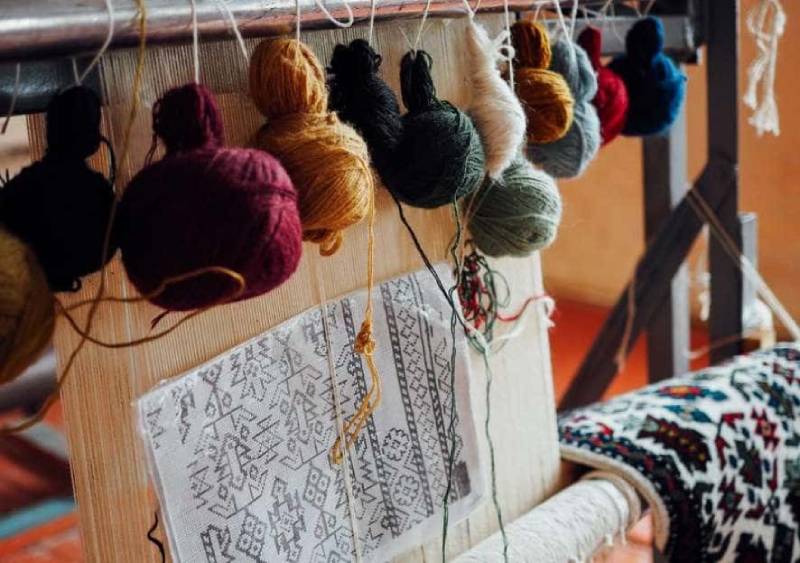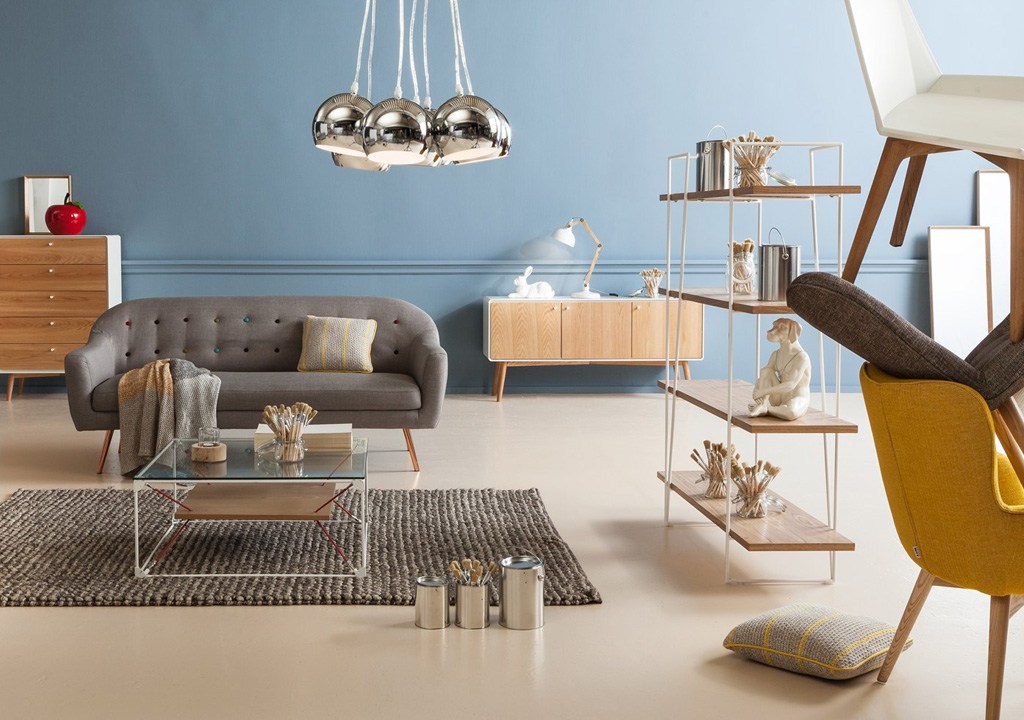Handmade Iranian rugs, also known as Persian rugs, are renowned for their intricate designs and high quality. These rugs have been produced in Iran for centuries and are considered to be some of the finest in the world. The value of a handmade Iranian rug is determined by a number of factors, including the materials used, the quality of the weaving, the design and pattern, and the age and condition of the rug. In this essay, we will explore each of these factors in detail.
Materials Used

The materials used to make a handmade Iranian rug play a significant role in determining its value. The most valuable rugs are made from natural materials such as wool, silk, and cotton. Wool is the most commonly used material and is prized for its durability and resilience. Silk is a more expensive material and is often used to add a luxurious sheen to the rug. Cotton is used as a foundation for the rug and provides stability and strength.
The quality of the materials used is also important. The wool used in a high-quality rug should be soft, lustrous, and free from blemishes or defects. The silk should be smooth and shiny, with no knots or snags. The cotton used as the foundation should be strong and tightly woven.
Weaving Quality

The quality of the weaving is another important factor that affects the value of a handmade Iranian rug. The weaving process is done entirely by hand, and skilled weavers can spend months or even years creating a single rug. The quality of the weaving is determined by several factors, including the density of the knots, the uniformity of the knots, and the precision of the design.
The density of the knots refers to the number of knots per square inch (KPSI). The higher the KPSI, the more intricate and detailed the design can be. A high-quality rug will have a KPSI of at least 120, while a lower quality rug may have a KPSI of 60 or less.
The uniformity of the knots is also important. Each knot should be the same size and shape, with no loose or uneven threads. The precision of the design refers to the accuracy of the pattern and the sharpness of the lines. A high-quality rug will have a precise and detailed design, with no smudging or blurring of the lines.
Design and Pattern

The design and pattern of a handmade Iranian rug are also important factors that affect its value. Persian rugs are known for their intricate designs and patterns, which often feature floral motifs, geometric shapes, or intricate medallions. The design should be well-balanced and symmetrical, with no obvious mistakes or errors.
The colors used in the rug can also affect its value. Traditional Persian rugs often use natural dyes made from plants and insects, which can create a range of rich and vibrant colors. Synthetic dyes are sometimes used in modern rugs, but these are generally considered to be of lower quality.
Age and Condition

The age and condition of a handmade Iranian rug can also affect its value. Antique rugs, which are over 100 years old, are often more valuable than newer rugs. However, the condition of the rug is also important. A rug that has been well-maintained and cared for may be more valuable than an older rug that is in poor condition.
When evaluating the condition of a rug, factors such as fading, wear and tear, and damage should be taken into account. Fading can occur over time due to exposure to sunlight or other environmental factors. Wear and tear can occur from foot traffic or from being moved around. Damage can occur from moths, pets, or other sources.
Conclusion
In conclusion, the value of a handmade Iranian rug is determined by a combination of factors, including the materials used, the quality of the weaving, the design and pattern, and the age and condition of the rug. A high-quality rug will be made from natural materials, have a high KPSI, a precise and detailed design, and be in good condition. Antique rugs are often more valuable, but the condition of the rug is also important. By considering these factors, buyers can make informed decisions when purchasing handmade Iranian rugs.

